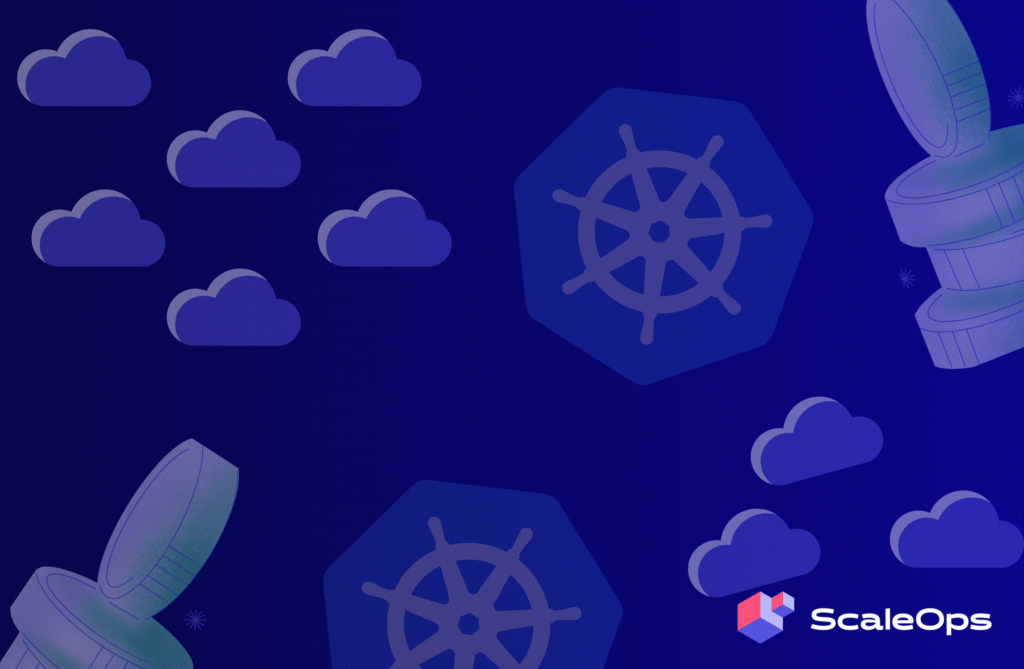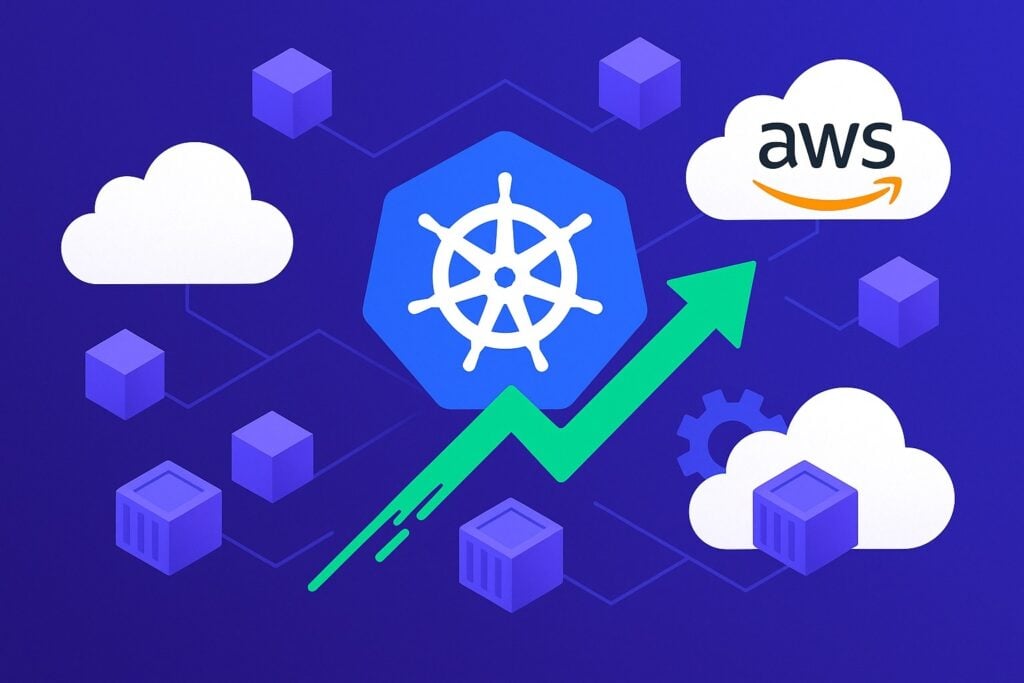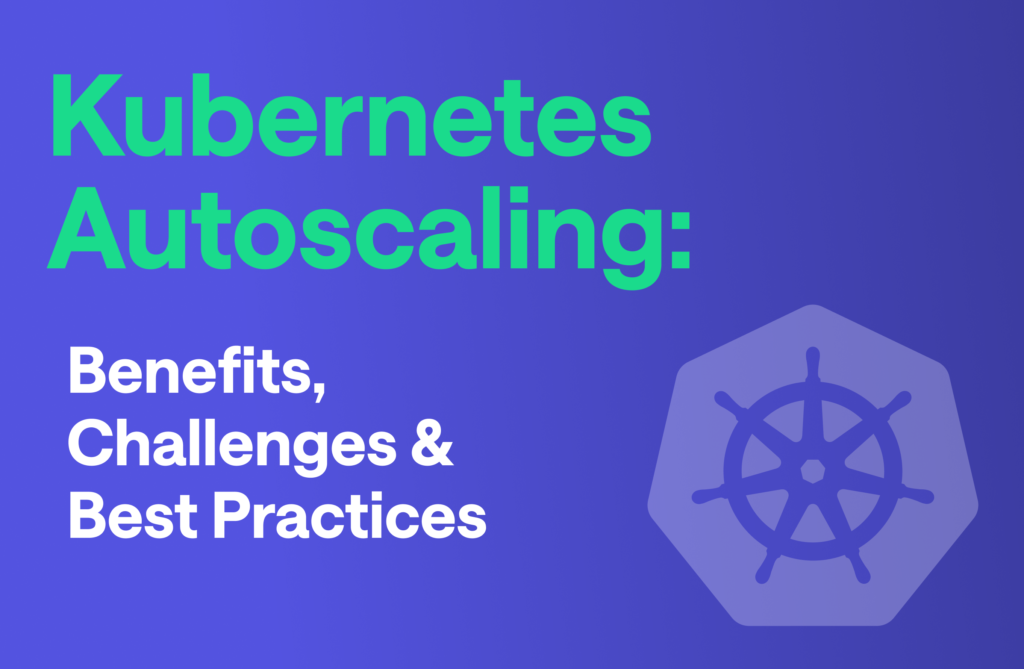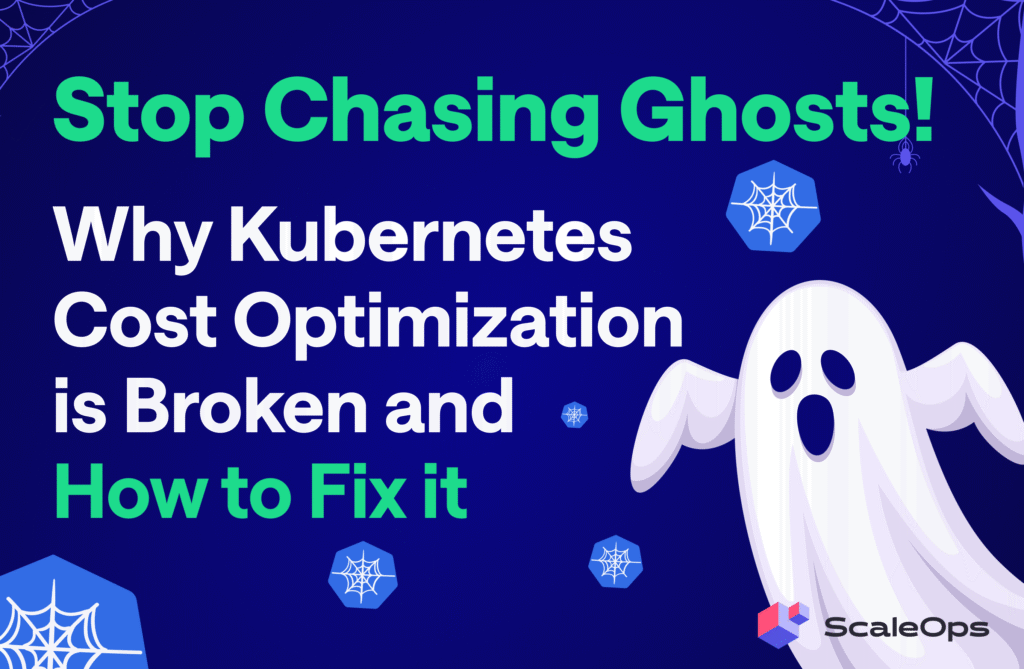
Kubernetes Pricing: A Complete Guide to Understanding Costs and Optimization Strategies
Kubernetes is a powerful container orchestration platform, but understanding wha…

Kubernetes costs tend to go unnoticed until the bill hits. You’re not just paying for the infrastructure, you’re also paying for the waste. Idle resources, …

Kubernetes is a powerful container orchestration platform, but understanding wha…

Ask any DevOps engineer about their worst on-call moment, and it probably involv…

The Kubernetes Cluster Autoscaler is a powerful tool for automating compute scal…

Karpenter changed the way Kubernetes clusters provisions and de-provisions nodes…

Everyone loves Karpenter. It’s fast, flexible, and efficient at provisioning t…

At first glance, Kubernetes autoscaling looks like one of the platform’s best …

In our previous post, we explored why Kubernetes cost optimization often falls s…

At first, everything in your Kubernetes cluster seems fine. The workloads are ru…

In the rapidly changing digital environment, Kubernetes has become the go-to pla…